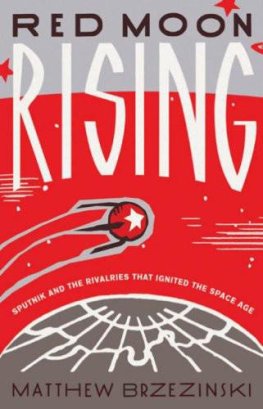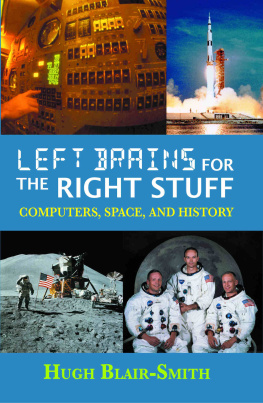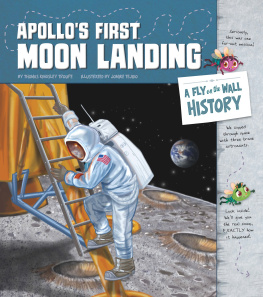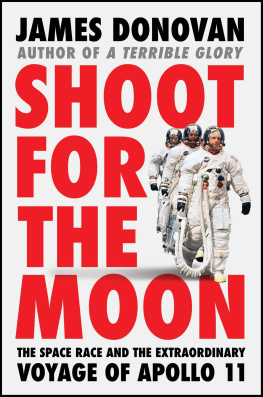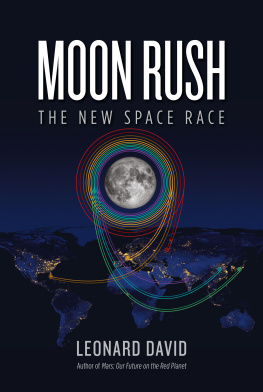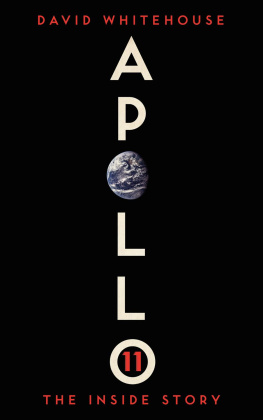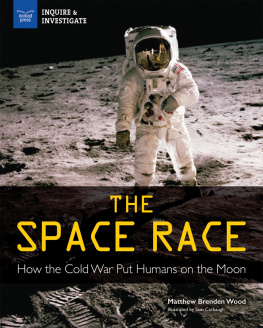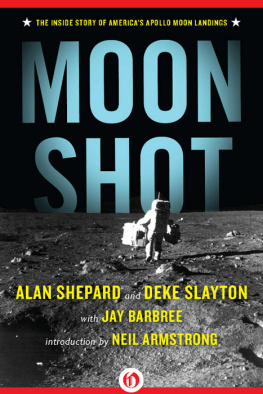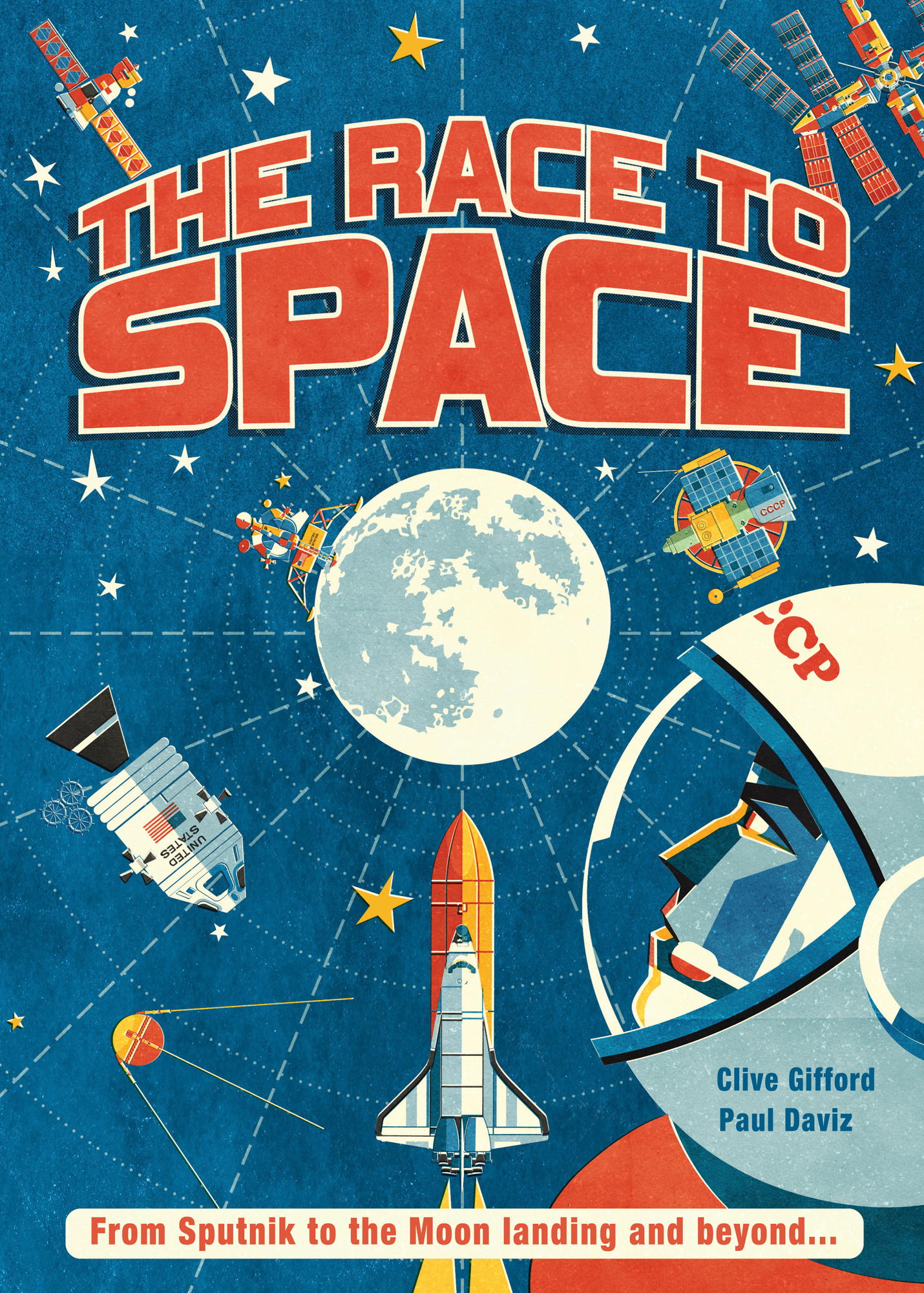Clive Gifford - The Race to Space: From Sputnik to the Moon Landing and Beyond...
Here you can read online Clive Gifford - The Race to Space: From Sputnik to the Moon Landing and Beyond... full text of the book (entire story) in english for free. Download pdf and epub, get meaning, cover and reviews about this ebook. year: 2019, publisher: words & pictures, genre: Romance novel. Description of the work, (preface) as well as reviews are available. Best literature library LitArk.com created for fans of good reading and offers a wide selection of genres:
Romance novel
Science fiction
Adventure
Detective
Science
History
Home and family
Prose
Art
Politics
Computer
Non-fiction
Religion
Business
Children
Humor
Choose a favorite category and find really read worthwhile books. Enjoy immersion in the world of imagination, feel the emotions of the characters or learn something new for yourself, make an fascinating discovery.

- Book:The Race to Space: From Sputnik to the Moon Landing and Beyond...
- Author:
- Publisher:words & pictures
- Genre:
- Year:2019
- Rating:5 / 5
- Favourites:Add to favourites
- Your mark:
The Race to Space: From Sputnik to the Moon Landing and Beyond...: summary, description and annotation
We offer to read an annotation, description, summary or preface (depends on what the author of the book "The Race to Space: From Sputnik to the Moon Landing and Beyond..." wrote himself). If you haven't found the necessary information about the book — write in the comments, we will try to find it.
You know that man has walked on the Moon, but do you know the story of how he got there? With the 50th anniversary of the Moon Landing on July 20th 2019, this book celebrates the Space Race rivalry between the U.S. and the Soviet Union. Readers will learn about the neck-and-neck race between the two superpowers, through an illustrated story of the rivalry that gripped the world. From Russias first satellite, Sputnik, to Neil Armstrong planting a U.S. a flag on the moon, discover the events that unfolded through amazing nostalgic illustrations and engaging text. Explore, too, how these two space agencies now work together, and how the monumental achievements of the space race have created world-changing technology that we all use and benefit from today.
Clive Gifford: author's other books
Who wrote The Race to Space: From Sputnik to the Moon Landing and Beyond...? Find out the surname, the name of the author of the book and a list of all author's works by series.

